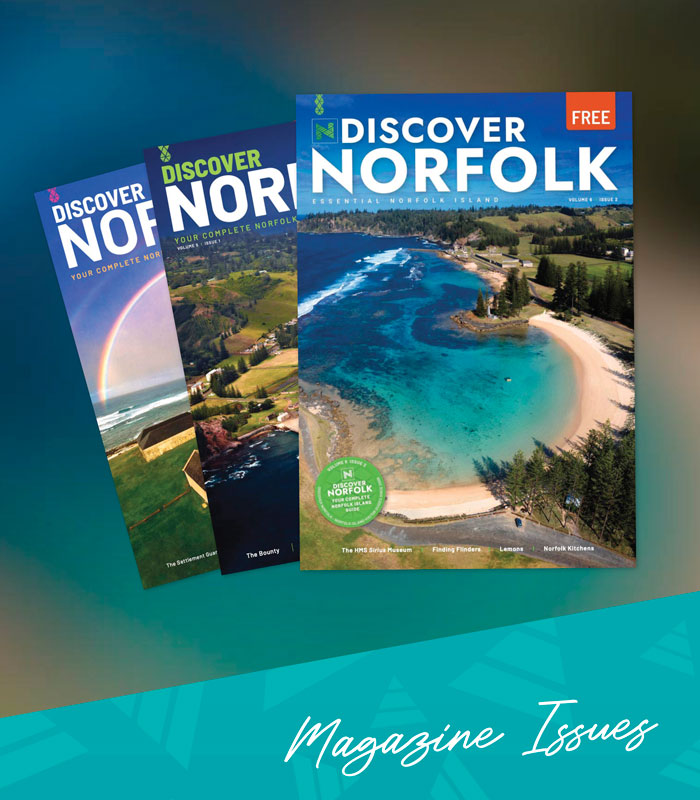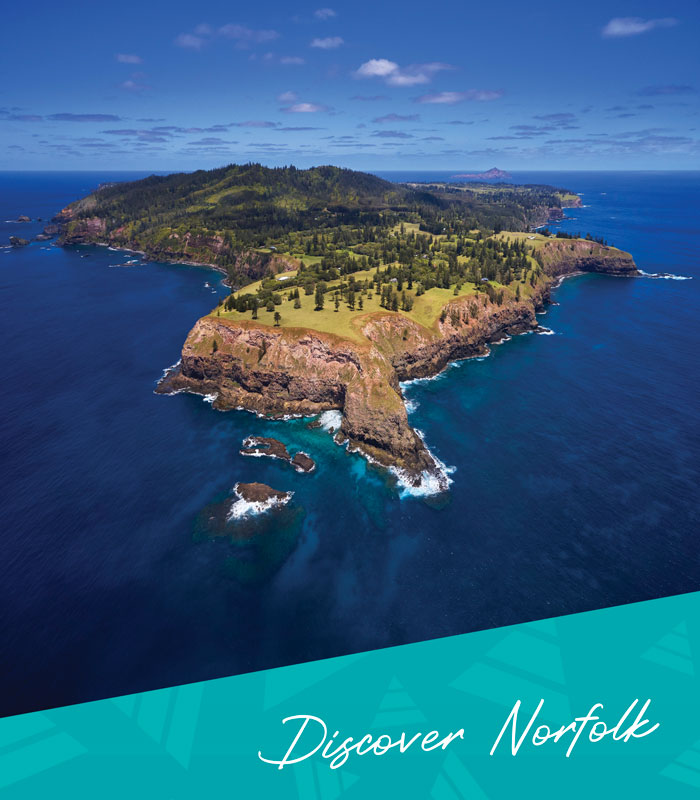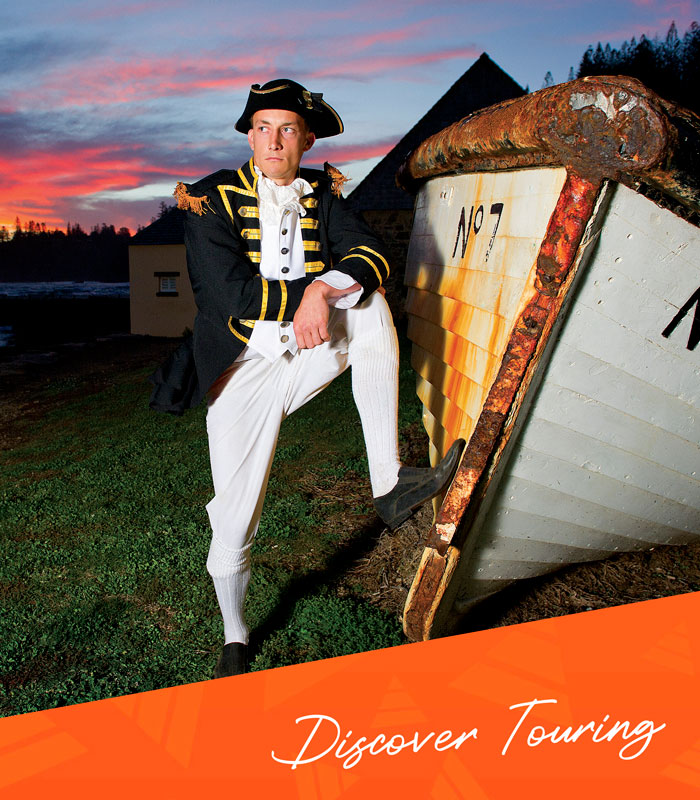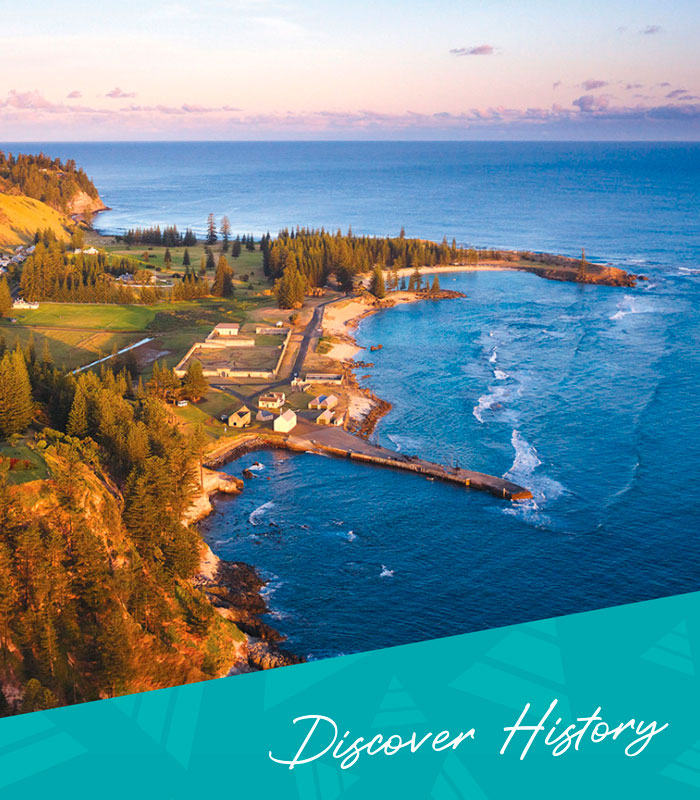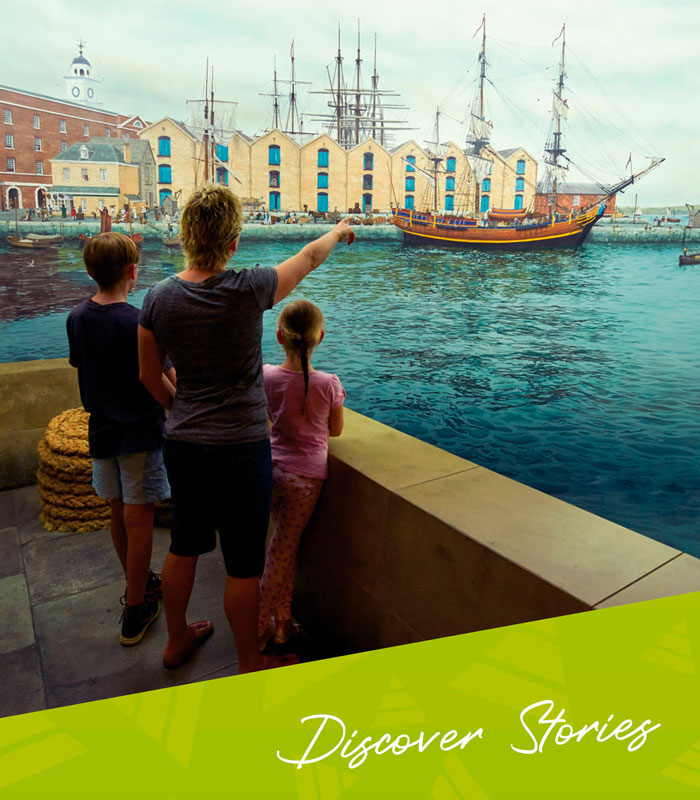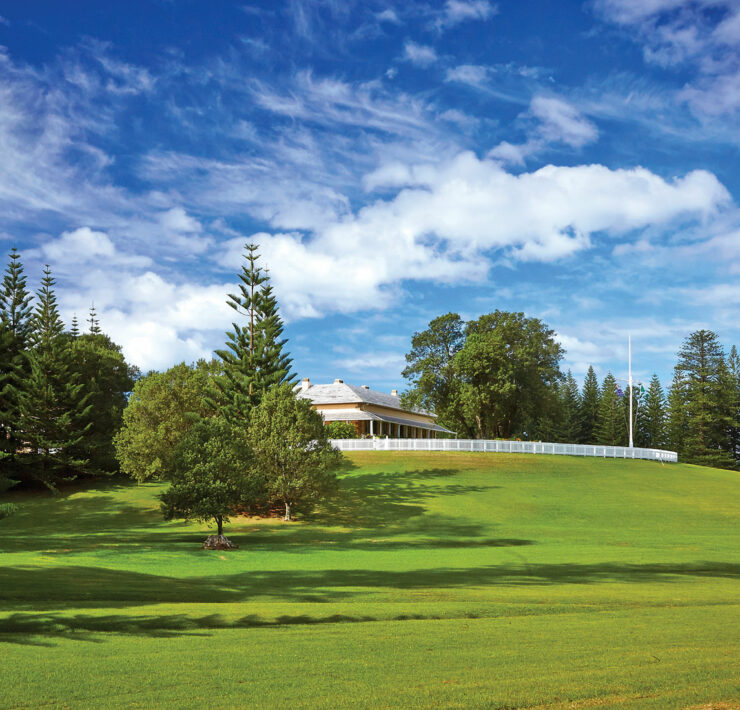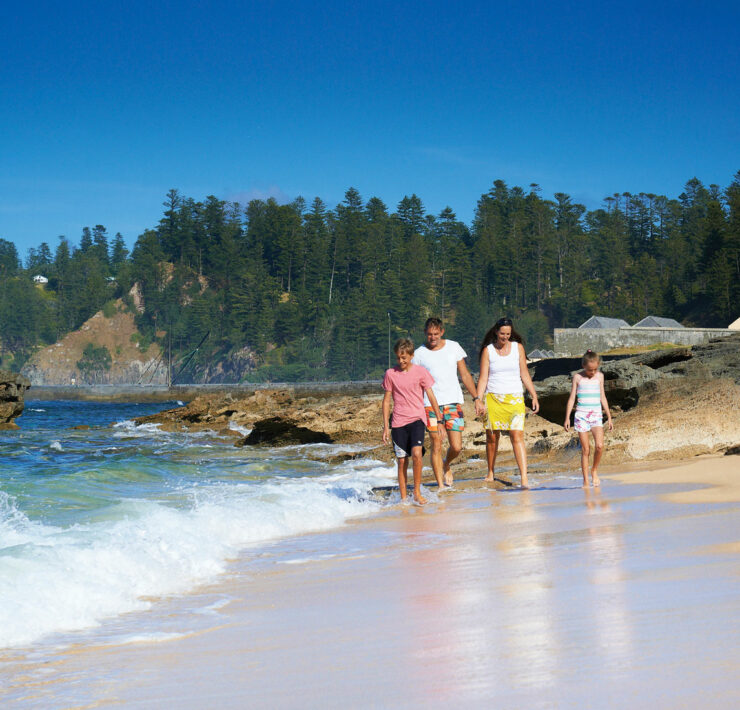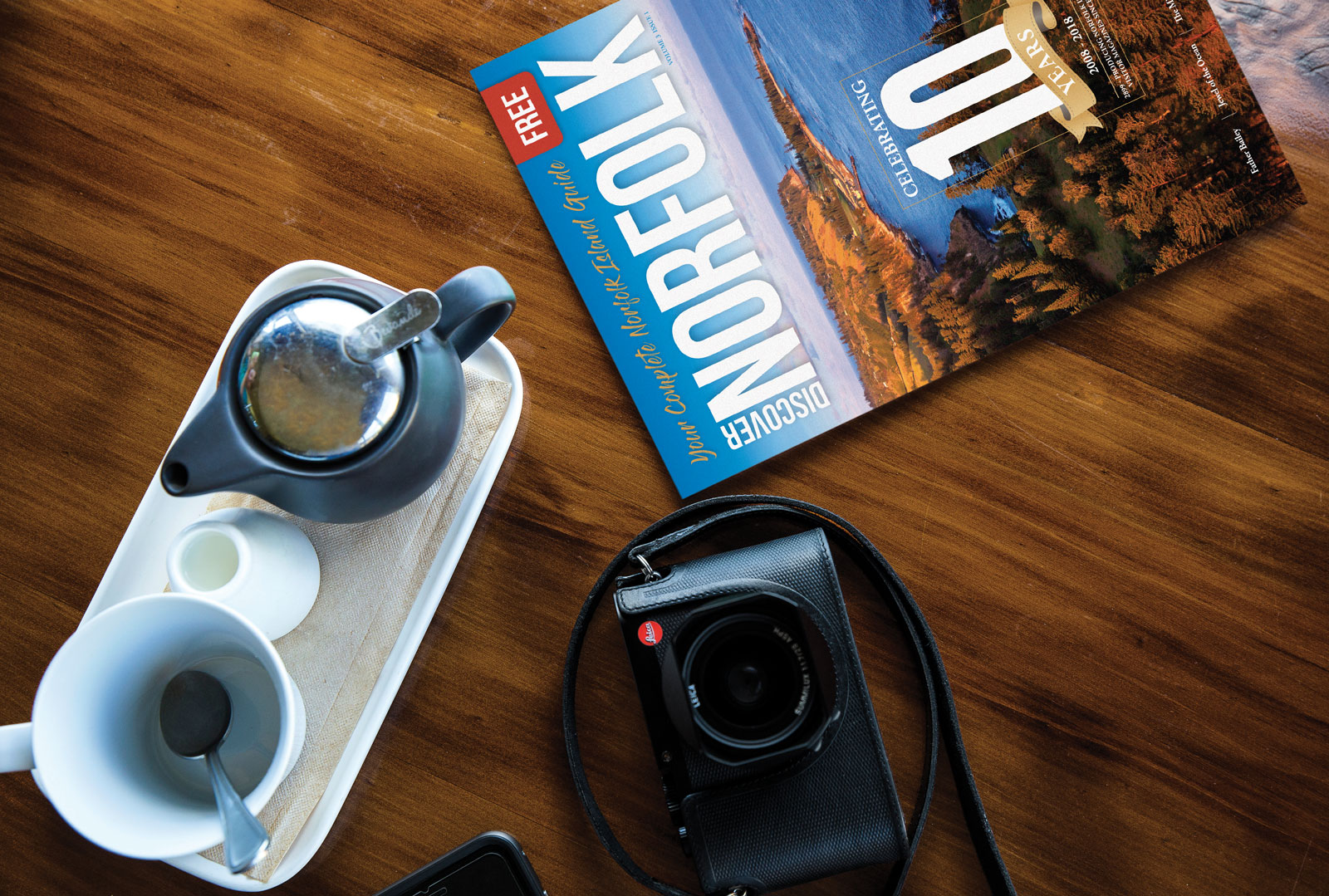
If you were on Norfolk in the early weeks of September 2013, from nearly any point on the island to the south of the mountain you would have been able to hear chainsaws. Sometimes one, sometimes many, sometimes for what seemed like hours, sometimes intermittently. Strangely, no-one seemed to mind over-much, and what’s more, if you followed the noise to its source, you would have come across a community event complete with kids hanging over a fence, people chatting and a growing pile of wood-chips as objects began to take shape. The story behind the 2013 Norfolk Sculpture Workshop begins much earlier though, and in a different place entirely…
You could be forgiven, when looking on the map, for thinking that Walcha might be like any other small regional town in NSW. What the map doesn’t tell you, however, is that the approach to Walcha is marked by imposing wooden sculptures, and as you drive further into town you will find yourself in the middle of a nationally significant art trail comprising of some forty-three sculptures anchored by James Roger’s Song Cycle – a major steel work commissioned for the town roundabout. Visitors to the town find not only an extensive sculpture trail, but elaborately carved seating and awning poles, mosaics and decorative paving – making walking around the town centre an exercise in discovery; a hand worked detail here, a vista of works over there.
The genesis of the Walcha Art Trail began in 1996 when local wood sculptor, Stephen King, approached the council with a proposal for a public sculpture in the town park, incorporating a fountain and referencing the farming community’s connection to the weather. This initial work, donated to the town, in essence was the ‘seed’ piece for the Trail, and around it developed the idea of adding more works through the town bit by bit. Elsewhere, ‘Sculpture by the Sea’ at Bondi, Sydney, had begun in 1997, and the following year saw Stephen taking fellow exhibiting sculptors Tom Deko from PNG and Emmanuel Watt from Vanuatu up to Walcha afterwards, andworking with them on a series of sculptures, some of which were incorporated into the Walcha Art Trail. Since then, every few years new sculptural works by Australian and international artists are added to the trail.
In the meantime, Norfolk Island artist Margarita Sampson was also selected for the 1997 and 1998 Sculpture by the Sea exhibitions: her work ‘Fish Curtain’ being awarded the People’s Choice Prize in 1998. This was the year that she and Stephen met, and she was intrigued by his plan to take some sculptors home with him after the show and make a collaborative work with chainsaws – it sounded like something she’d like to be a part of, and something that might work for Norfolk. Both sculptors continued to show in Sculpture by the Sea over the years, taking home further awards in 2011. It took some time to come to fruition (and the planets to converge), but in September 2013 the Norfolk Community Arts Society were pleased to sponsor Stephen King over to the island to conduct a wood sculpture workshop with the intention to provide the kernel for Norfolk Island’s own sculpture and art trail.
Something Norfolk and Walcha share is a large supply of timber, a perfect and cheap sculpture material that can often be sourced from previous tree felling or ‘waste’ – durable, relatively easy to shape and naturally beautiful. With care, wooden sculptures last for many decades, and also change colour over time as they weather and settle in to the landscape. The managed gum forest in the Anson Bay area on Norfolk had come to maturity within the last few years and so it was suggested to source wood from there. Ten flooded and spotted gum logs (the biggest measuring some five metres long) were felled by Norfolk Forestry and then set up in a paddock on Grassy Rd, where they were lowered onto wooden cradles so they could be more easily worked. Because of the speed with which these species had grown under the wet and warm Norfolk conditions, they were quite prone to splitting, which influenced many decisions along the way during the workshop.
The free workshop ran over nine days with a ‘drop in’ policy so people could juggle their work commitments. All pieces were worked on communally and then gifted to the island after the workshop. After Stephen flew in on the Friday, all interested parties met up on Saturday at the Norfolk school art room, armed with sheets of brown paper and charcoal, to nut out the basic designs. Various ideas were tossed around until it was decided that pole sculptures utilising elements drawn from the island culture and surrounds would be best: the patterning of a pine needle; the Norfolk plait used in hats; palm seeds; tree fern curls and Polynesian tattoo designs among others. Figures were also incorporated including a man looking out to sea, a Bounty Day girl with a woven wreath on her head, and a strong female figure holding up four interlocked Norfolk pines. There was even a nod to the iconic giant fibreglass Polynesian heads that were stationed outside a local accommodation house from the 60’s through to the 90’s. Designs were adapted and modified during the course of the workshop, aided by quite a bit of head-scratching and log-leaning-on until a course of action was decided upon and the new design was marked in with a wax crayon.
Everyone was keen to get straight into it, so in no time at all tools and equipment were sourced from sheds around the island and work began. Once a design was marked onto a log, Stephen showed how to begin to cut larger sections away using the biggest chainsaws. This called forth the particular talents of a couple of locals with experience in tree-felling, working with true precision as they sliced sections out of the middle of logs and then had to match up their cuts with ones coming through from the other side! Once the basic designs were roughed out, smaller chainsaws could be used for finer detail. A particularly handy one was a machine Stephen brought over, electric and thus lighter, and with a pointed bar for woodworking on it. Even finer work was completed with mallet and chisel, sometimes taking days to complete a complex design, then everything would be given a light going-over with a sander. The very final stage was a liberal coating of a wax emulsion, designed to stop splitting and protect the wood for around a decade.
Positioned as it was (close to town on Grassy road), the sculpture workshop soon became a community event, with visitors and locals stopping by, young and old, to check out the progress. The pace was pretty brisk – the first two sculptures were completed within days, so regular callers found plenty of progress each time they came by. As works were finished they were lifted into an upright position and secured by braces, so soon carved wooden figures towered above the workers below. Any number from two to twelve men and women might be working on the pieces at any given time, with wood chips flying and the tap-tap-tapping of the mallets ringing out whenever a chainsaw fell silent.
All works needed to be completed within the nine day period allocated, so as the time drew to a close, workers kept on until the light began to fade. All in all nine sculptures were completed – one for each day of the workshop! A sterling effort from the workshop participants, aided by generous community support. The very last day saw a ceremonial bonfire lit from all of the offcuts (those that weren’t whisked away for winter kindling) and a community barbecue, as the exhausted workers talked friends and family through the finer points of their particular contribution … “See that leg? I worked on that!”
So where will you find Norfolk’s nine new sculptures? If all goes to plan, they are being put into place over the 2013-2014 Christmas period, in various locations in Burnt Pine and other areas. They will join other sculptures already situated around the island, which the Norfolk Tourist Bureau will be pleased to direct you to, or you may prefer to discover them yourself serendipitously in your travels! A map and guide to Norfolk’s public artworks is also in the pipeline.
And what happened to Stephen King, after generously sharing his knowledge, energy and time with us? Several weeks after the workshop finished, he won Sculpture by the Sea for the first time with his massive interlocking wooden sculpture ‘Fallout’. It feels like a fitting finale to this particular chapter in our sculpture story.
____
Image Credit: Robin Nisbet
www.robinnisbet.com
____
Article content disclaimer: Article first published in YourWorld, Volume 04 Issue 01, 2014. Please note that details of specific travel, accommodation and touring options may be outdated. References to people, places and businesses, including operating days and times may be have changed. References to Government structure and Government businesses/entities may no longer be applicable. Please check directly with businesses and/or Government websites directly rather than relying on any information contained in this article before you make travel arrangements.



